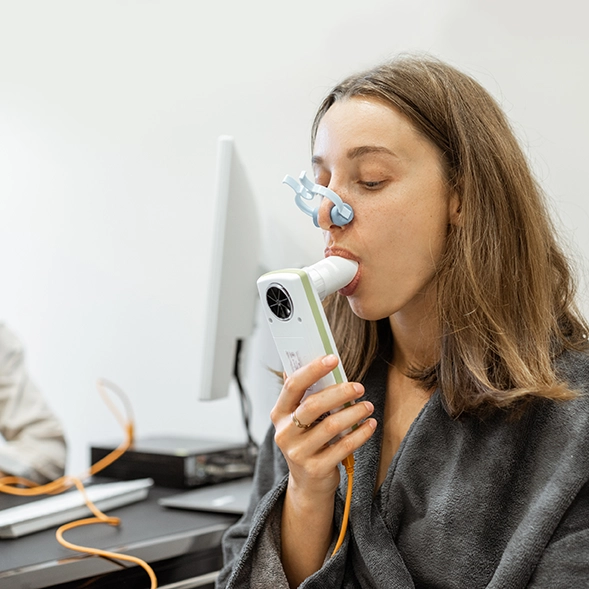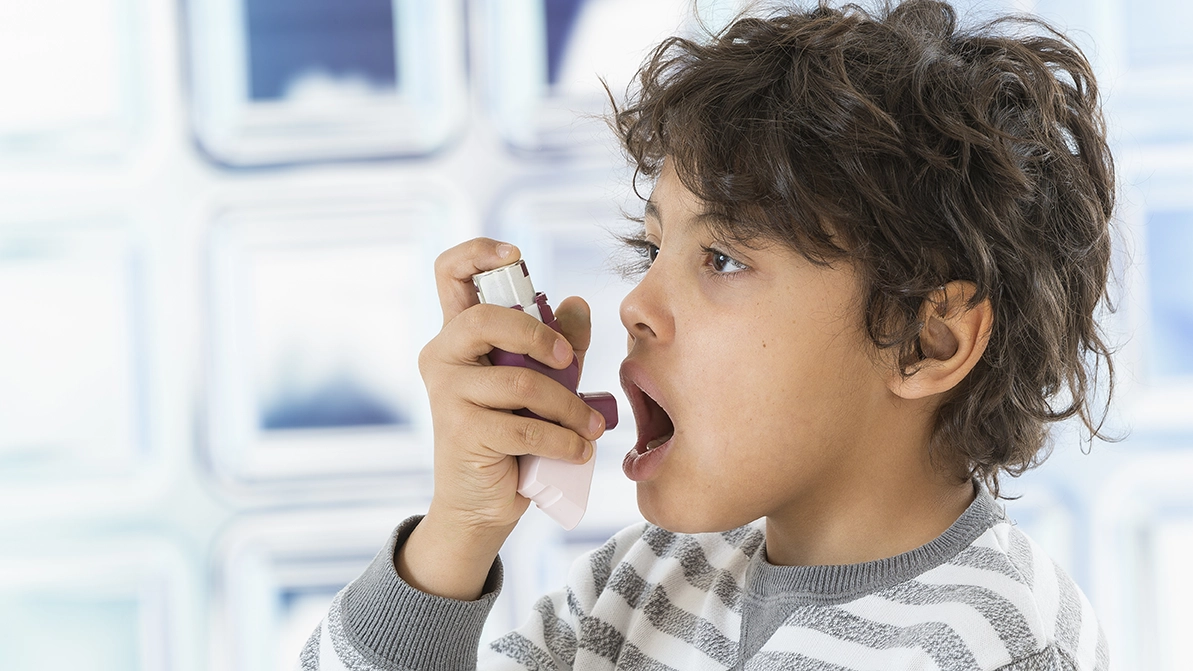ERS 2022: Asthma Management and Appropriate Reliever Use: Apparent Challenges
The objective of the survey was to understand how well real-life practices align with guideline recommendations. In addition, the results of the Asthma patients' and physicians' perspectives on the burden and management of asthma (APPaRENT) studies were also highlighted in this session.
Preventive strategies replaced reliever-driven asthma care at the end of the 20th century. Haahtela T et al., in a 2-year study, concluded that inhaled budesonide is an effective first-line treatment for newly detected mild asthma patients. It is superior to terbutaline in such patients.
In the continuation of this study for a third year, the authors found that in 74% of the patients, treatment with the lower dose of budesonide was sufficiently effective to maintain bronchial responsiveness at a level similar to that achieved with the higher dose.
Only 26-55% of physicians use MART as the initial treatment, and when they do, they often do it incorrectly by co-prescribing SABA reliever therapy. The Global Initiative for Asthma (GINA) report recommends 2 treatment tracks depending on the choice of reliever therapy [either low-dose inhaled corticosteroid (ICS)/formoterol or short-acting ?2-agonist (SABA) with ICS to be used whenever a SABA is taken. According to the GINA recommendations, the daily maintenance regimen for patients in Steps 3-5 is ICS/formoterol as maintenance therapy with additional ICS/formoterol as needed (maintenance and as-needed reliever therapy [MART]) in Track 1 or regular dosing with ICS/long-acting 2-agonist (LABA) with as-needed SABA for symptom relief in Track 2. Further add-on therapies are recommended in Step 5. The former strategy assumes that accurate patient perception of symptoms will guide asthma control and exacerbation reduction while the latter strategy places these outcomes in the hands of the physician. The regular dosing regimen proposed in Track 2 is well-known among physicians and patients.
In contrast, the flexible dosing approach, first advocated in 2020, was included in Track 1 in the GINA 2021 report. The objective of the APPaRENT 2 study was to understand current real-world treatment approaches and their alignment with the GINA recommendations. The APPaRENT 2 study was a multi-country, cross-sectional, voluntary, closed, online survey-based study including patients with asthma and physicians in 5 countries where MART therapy is approved, namely Argentina, Brazil, France, Italy, and Mexico. The APPaRENT studies highlight the physician and patient misuse of MART.
- In APPaRENT 1, 85.4% of physicians misapplied MART by co-prescribing SABA at least some time.
- In the APPaRENT 2 study, 67% of physicians reported awareness of MART.
- However, patients do not appear to have a good understanding of MART.
- About 85% of patients prescribed MART were also given SABA reliever alongside ICS/FOR. 67% of the patients had asked for this addition.
- Physicians prescribed proactive regular dosing (PRD) with ICS/LABA combination with (47%) or without (15%) SABA as initial therapy in patients with moderate to severe asthma.
- 75% of pulmonologists and 57% of general practitioners selected a PRD approach.
Patients appear to prefer symptom prevention, typically associated with exacerbation reduction. Physicians prefer a preventive regular dosing approach for achieving symptom control in patients with moderate to severe asthma, which aligns more with GINA 2021 Track 2 recommendations. Many patients on MART request additional rescue inhalers, implying that MART is frequently misapplied and that patients may perceive their asthma as inadequately controlled with MART therapy.
European Respiratory Society (ERS) International Congress 2022, 3rd-6th Sept. 2022, Barcelona




